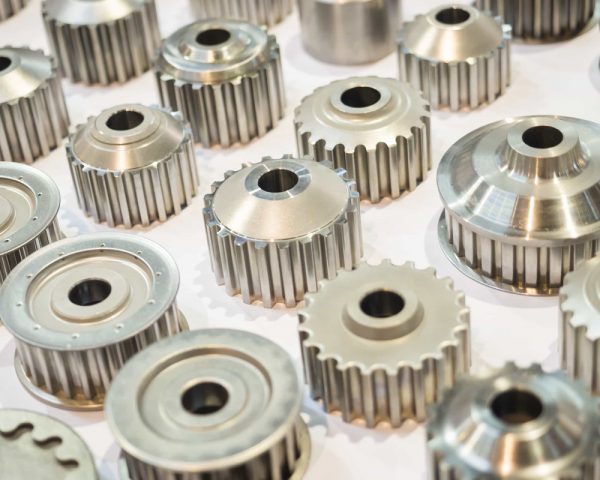Die casting is a metal casting process that’s used to shape non-ferrous metals into complex, robust, and complex shapes commonly known as casts. The casts formed from the die casting process have a wide variety of industrial applications in almost every manufacturing sector; its use is immeasurable.
A majority of die casting is made from non-ferrous metals such as lead-tin alloys, tin, lead, magnesium, aluminum, copper, and zinc. At Lt Century, we offer different types of die casting depending on a hot chamber die casting or cold chamber die casting.
For this article, we are going to discuss the manufacturing process of the die casting process for you to have a proper understanding. But first, we are going to look at the two types of die casting machines.
Types of Die Casting Machines
In manufacturing, there are mainly two types of die casting machines cold and hot chamber die casting machines. The critical difference between the two is the force and pressure they can withstand, which typically ranges from 400 to 4,000 tons.

die casting parts*
Hot Chamber Die Casting Machines
It’s also commonly known as gooseneck die casting; the technique relies on the filling of molten metal under pressure. In the initial phase, the machine pistons are in a retracted state, which allows the molten metal to fill the hot chamber wholly.
The hydraulic-powered piston pressures the metal until it fills the mold. The hot machines have a myriad of benefits, one of them being quick automation, capabilities to melt metal, and fast cycle times ranging 15 cycles per minute.
However, hot chamber die casting machines also have its drawbacks. It’s unable to cast metal parts with high melting points such as aluminum; the machine technique is mainly used for casting metals such as lead, tin, and zinc. Moreover, the machine is primarily used for small castings as opposed to large castings.
Cold Chamber Die Casting Machines
The cold chamber is used to die cast metals that cannot be cast in hot chamber machines. The metals include zinc alloys, copper, magnesium, and aluminum. During the first stage, the metal is melted using different crucible.
A certain percentage of the molten metal is then transferred into an unheated nozzle or chamber; the metals are injected directly into the mold using mechanical pressure or hydraulics. As a result of the transference of the molten metal, the procedure requires long cycle times, a major disadvantage which increases production lead times.
The cold chamber machines are mostly available in horizontal and vertical types. For horizontal die casting machines, they come in a wide variety of models, while vertical die casting machines are usually suitable for small machines.
The metallic casts produced come with a wide range of benefits such as resistance, corrosion, heat, pressure factors, which make the casted metals perfect for energy, industrial, automotive, and aerospace sectors.
Some of the Benefits Include:
- Parts produced are durable and strong
- The cast can be made to create intricate and complex shapes
- A single part mold can produce thousands of parts
Reference
*Image from https://sourcasia.com/
